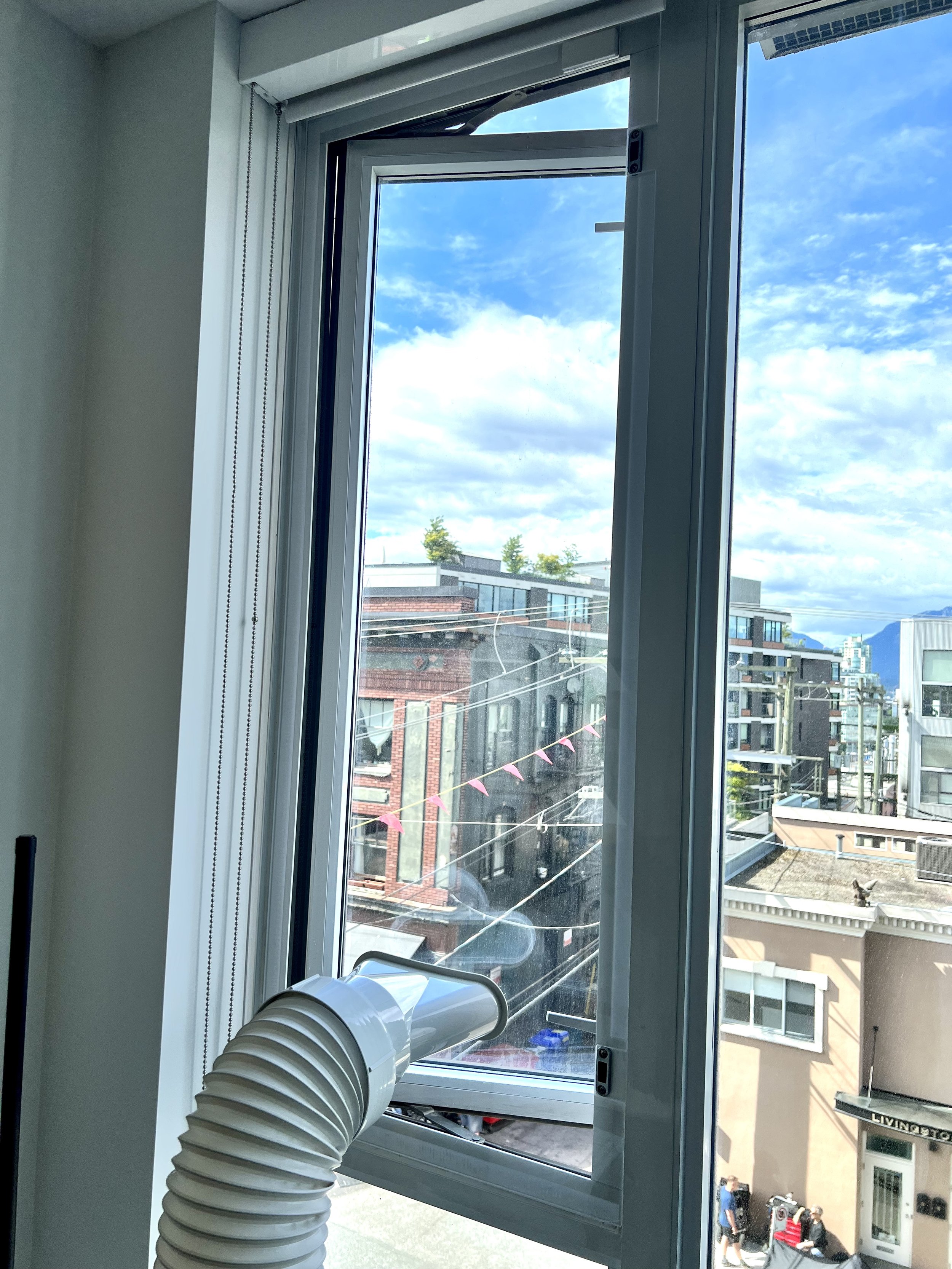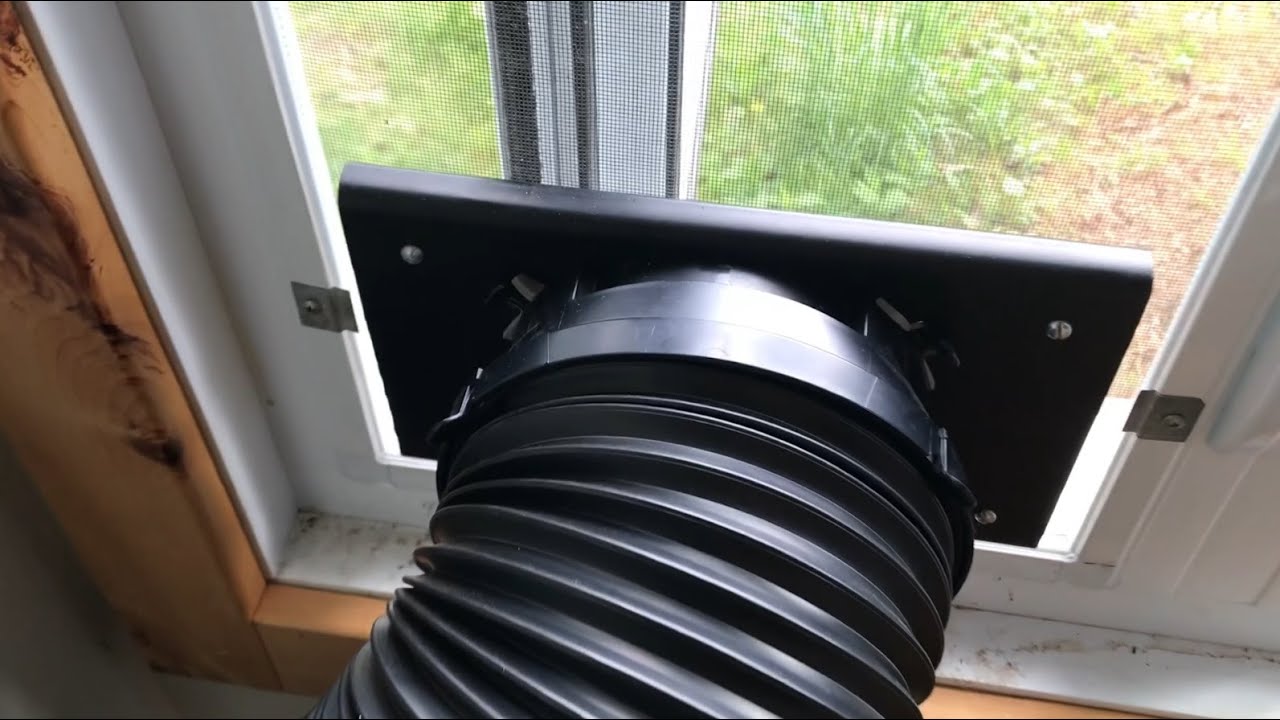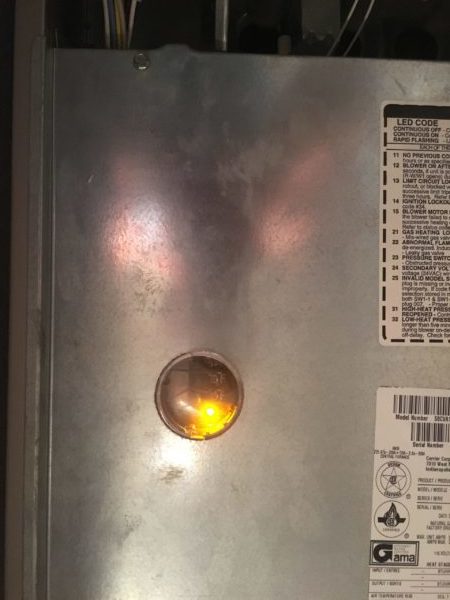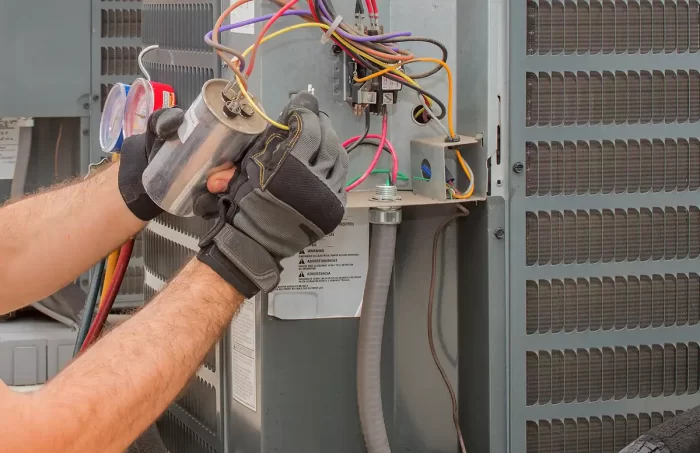Can You Use a Portable AC with a Window Screen? Find Out Now!
Yes, you can use a portable AC with a window screen without having to remove it. Portable air conditioners typically come with an expandable window unit that can adjust to fit vertical or horizontal windows.
To install the unit, you simply slide it to adjust the size, place it in the window, and attach the hose. This allows you to enjoy the cooling effects of the AC while still keeping your window screen intact.
Understanding The Compatibility Of Portable Acs And Window Screens
Portable air conditioners can be used with window screens without the need to remove them. Simply adjust the unit to fit your window, attach the hose, and start cooling. No hassle, no screen removal required.
Portable air conditioners and their functionality:
- Portable air conditioners are standalone units designed to cool a specific area or room.
- They use a compressor, condenser, and refrigerant to remove heat from the air and circulate cool air back into the room.
- These ACs typically come with an exhaust hose that needs to be vented outside to expel hot air.
The purpose and importance of window screens in households:
- Window screens are mesh-like coverings installed on windows to keep out insects, debris, and other unwanted elements.
- They allow fresh air to flow into the room while preventing bugs and dirt from entering.
- Window screens also provide a layer of security by acting as a barrier against potential intruders.
Addressing the question: “Can you use a portable AC with a window screen? “:
- Yes, it is possible to use a portable AC with a window screen, but there are a few considerations to keep in mind.
- Compatibility with the window screen:
- Ensure that the window screen is securely in place and not damaged.
- Make sure the mesh is not obstructing the exhaust hose or impeding the airflow from the AC unit.
- Venting options:
- Some portable AC models come with a window installation kit that includes a window panel with an exhaust hose port.
- This allows you to create a secure seal around the window opening while venting the hot air outside.
- Adjusting the window screen:
- Depending on the design of your window screen and the AC unit, you may need to make adjustments.
- Consider removing or temporarily modifying the window screen in the area where the exhaust hose needs to be vented.
- Alternative venting options:
- If modifying the window screen is not feasible, you can explore alternative venting options such as using a vent kit designed for casement windows or sliding glass doors.
Remember, the compatibility of a portable AC with a window screen may vary depending on the specific AC unit and window screen design. It’s important to read the manufacturer’s instructions and guidelines to ensure proper installation and ventilation.

Credit: www.klolab.com
Advantages And Limitations Of Using A Portable Ac With A Window Screen
Using a portable AC with a window screen has its advantages and limitations. The advantage is that you don’t have to remove the window screen to install the AC unit, simply adjust and attach the unit. However, the limitation is that it may affect the airflow and efficiency of the AC, so proper ventilation is important.
Advantages Of Using A Portable Ac With A Window Screen:
- Improved ventilation and air circulation: By using a window screen with your portable AC, you can enhance the airflow in your room. The screen acts as a barrier to prevent debris or insects from entering while still allowing fresh air to flow freely.
- Increased protection from pests and insects: A window screen acts as an extra layer of defense against pesky bugs and insects. It helps keep them out of your living space, allowing you to enjoy the cool and comfortable environment created by your portable AC.
- Preserving the aesthetic appeal of the window: Installing a window screen can help maintain the appearance of your window. It provides a sleek and clean look while still allowing you to enjoy the benefits of using a portable AC.
Limitations Of Using A Portable Ac With A Window Screen:
- Restricted airflow and reduced cooling efficiency: While a window screen offers improved ventilation, it can also restrict the airflow of your portable AC unit. This restriction may lead to reduced cooling efficiency and less effective temperature control in your room.
- Potential strain on the portable AC unit: The use of a window screen may create additional resistance for your portable AC unit’s airflow. This added strain can put stress on the unit’s components, potentially leading to decreased performance or even premature wear and tear.
- Increased energy consumption and costs: As the airflow is restricted by the window screen, your portable AC unit may need to work harder to maintain the desired temperature in your room. This increased workload can result in higher energy consumption and subsequently higher energy costs over time.
Remember, using a portable AC with a window screen has its advantages, such as improved ventilation, increased protection from pests, and preserving the aesthetic appeal of the window. However, there are also limitations, including restricted airflow, potential strain on the AC unit, and increased energy consumption.
Consider these factors when deciding whether to use a window screen with your portable AC.
Recommended Methods To Use A Portable Ac With A Window Screen
To use a portable AC with a window screen, simply adjust the unit to fit the window, without removing the screen. Attach the hose, plug it in, and enjoy the cooling without any hassle. No need to compromise on fresh air or insects!
Portable air conditioners are a convenient solution for cooling individual rooms or spaces, but when it comes to using them with a window screen, some considerations need to be made. In this section, we will explore two recommended methods that allow you to use a portable AC with a window screen effectively.
These methods involve partially removing the window screen or utilizing a specially designed window screen vent kit.
Method 1: Partially Removing The Window Screen
To use a portable AC with a window screen, you can follow these steps:
- Remove a portion of the window screen safely and effectively: Identify the window screen’s mechanism and determine the portion that needs to be removed. Use a utility knife or scissors to carefully cut or detach the desired section without causing damage.
- Adjust the portable AC unit to fit the window with the remaining screen intact: Position the portable AC unit near the window and extend the exhaust hose or duct to reach the window opening. Ensure that the remaining window screen allows enough space for the hose or duct to pass through.
- Ensure proper installation and sealing for optimal performance: Securely attach the exhaust hose or duct to the window adapter or panel provided with the portable AC unit. Use adhesive or tape to seal any gaps or openings around the hose or duct to prevent air leaks and maintain the cooling efficiency.
By following these steps, you can effectively use a portable AC with a window screen by partially removing a portion of it.
Method 2: Using A Specially Designed Window Screen Vent Kit
Another option for using a portable AC with a window screen is to utilize a specially designed window screen vent kit. Here’s what you need to know:
- Explore available window screen vent kits in the market: Look for window screen vent kits specifically designed for use with portable air conditioners. These kits usually include an adjustable window adapter, vents, and sealing materials.
- Installation process and guidelines for using a window screen vent kit: Follow the manufacturer’s instructions to install the window screen vent kit. Typically, you will need to attach the window adapter to the window frame, position the vent openings, and seal any gaps to prevent air leakage.
- Benefits and drawbacks of utilizing a vent kit with a portable AC: Using a window screen vent kit can provide a more secure and efficient solution for venting the portable AC unit. However, it may limit the amount of natural light entering the room and require more complicated installation compared to the first method.
There are different methods to use a portable AC with a window screen. You can either partially remove the window screen or use a specially designed window screen vent kit. Consider your specific requirements and choose the method that best suits your needs for a comfortable and efficient cooling experience.
Frequently Asked Questions About Using Portable Acs With Window Screens
Portable air conditioners can be used with window screens without the need to remove them. The expandable window unit can easily adjust to fit both vertical and horizontal windows, allowing you to slide the AC unit into place and attach the hose for cooling.
No fuss, no hassle.
Can you install a portable AC in a window with a fixed screen?
- Yes, it is possible to install a portable air conditioner in a window with a fixed screen. However, it is important to ensure proper ventilation to maximize the cooling efficiency of the unit. Here are a few tips for installing a portable AC with a fixed screen:
- Use a window installation kit: Most portable AC units come with a window installation kit that includes an exhaust hose and a window panel adapter. The window panel adapter is designed to fit into the window opening and allow the exhaust hose to be vented outside, while still maintaining a secure fit with the window screen.
- Trim or modify the screen: If the window screen is preventing a proper fit, you may need to trim or modify it to accommodate the exhaust hose. This should be done carefully to maintain the structural integrity of the screen.
- Consider alternative venting options: If modifying the window screen is not an option, you may need to explore alternative venting options such as using a sliding glass door or a wall vent kit.
Do you need to remove the window screen entirely when using a portable AC?
- In most cases, it is not necessary to remove the window screen entirely when using a portable air conditioner. However, proper ventilation is crucial for the unit to function effectively. Here are some considerations:
- Use a window installation kit: A window installation kit allows you to install the portable AC unit without removing the window screen. The kit typically includes a window panel adapter that fits into the window opening, allowing the exhaust hose to be vented outside. This helps maintain a secure fit with the window screen.
- Modify the screen if needed: If the window screen is preventing a proper fit with the installation kit, you may need to trim or modify it. This should be done carefully to ensure that the screen still provides adequate protection against insects and debris.
- Explore alternative venting options: If you cannot use the window screen with the installation kit, consider alternative venting options such as using a sliding glass door or a wall vent kit.
What are the alternative solutions for cooling if a window screen cannot be used?
- If a window screen cannot be used with a portable air conditioner, there are alternative solutions for cooling your space. Here are a few options to consider:
- Sliding glass door: If you have a sliding glass door nearby, you can use a sliding glass door vent kit to vent the portable AC unit. This allows you to keep the window screen intact while still providing proper ventilation.
- Wall vent kit: If you have access to an exterior wall, you can install a wall vent kit to vent the portable AC unit. This involves creating a small hole in the wall for the exhaust hose to be vented outside. Make sure to consult with a professional if you are not experienced in wall installations.
- Floor-standing AC unit: If using a window screen is not an option, you can consider using a floor-standing portable AC unit. These units do not require any installation and can be placed anywhere in the room. However, they can take up more floor space compared to window-mounted units.
Remember to always check the manufacturer’s guidelines and consult with a professional if you are unsure about the installation or venting requirements for your specific portable air conditioner model.
Frequently Asked Questions On Can You Use A Portable Ac With A Window Screen
Do You Have To Remove The Window Screen For A Portable Air Conditioner?
You don’t have to remove the window screen for a portable air conditioner. Simply adjust the unit to fit your window, attach the hose, and start cooling!
How To Install Portable Air Conditioner In Sliding Window With Screen?
To install a portable air conditioner in a sliding window with a screen, simply adjust the unit to fit the window, attach the hose, and plug it in. No need to remove the window screen.
Can You Put A Screen In Front Of Air Conditioner?
You don’t need to remove the window screen for a portable air conditioner. Just adjust the unit, place it in the window, and attach the hose.
Can You Put Bug Screens Over Window Ac Units?
Yes, you can put bug screens over window AC units to deter bugs and flying pests. Simply install screening around the outdoor unit to prevent bugs from entering.
Conclusion
Portable air conditioners are a convenient solution for cooling small spaces, but many people wonder if they can use them with a window screen. The good news is that in most cases, you don’t have to remove the window screen to use a portable AC.
These units come with an expandable window unit that can adjust to fit both vertical and horizontal windows. All you need to do is slide the unit to adjust it, place it in the window, and attach the hose. This allows you to enjoy the cooling benefits of an air conditioner without the hassle of removing and storing the window screen.
You can simply plug in your portable AC and start enjoying a cool and comfortable environment. So, if you’re concerned about using a portable AC with a window screen, rest assured that it’s usually possible without any extra effort.






